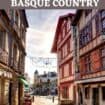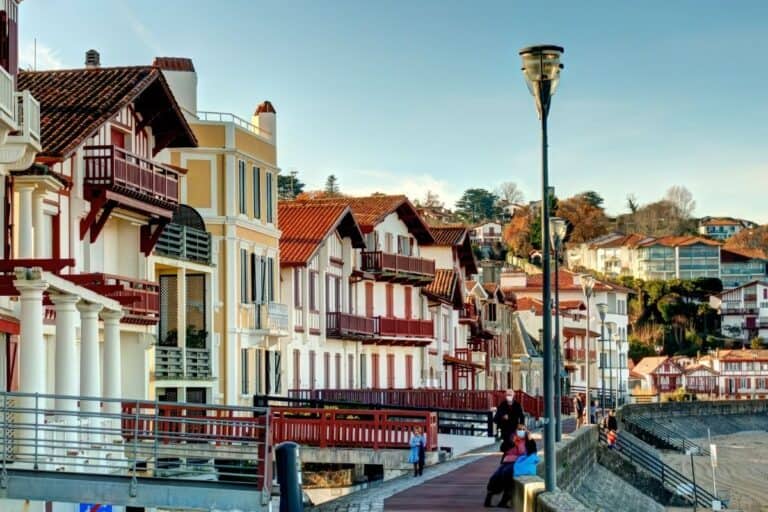
Go World Travel is reader-supported and may earn a commission from purchases made through links in this piece.
Saint Jean de Luz is located at the bottom of the Bay of Biscay, on the shores of the Cantabrian Sea. This seaside village boasts a quiet crescent-shaped bay and a beautiful fine sandy beach. Hidden off the coast of New Aquitaine, its atmosphere smells of saltpeter as its essence is turned to the sea.
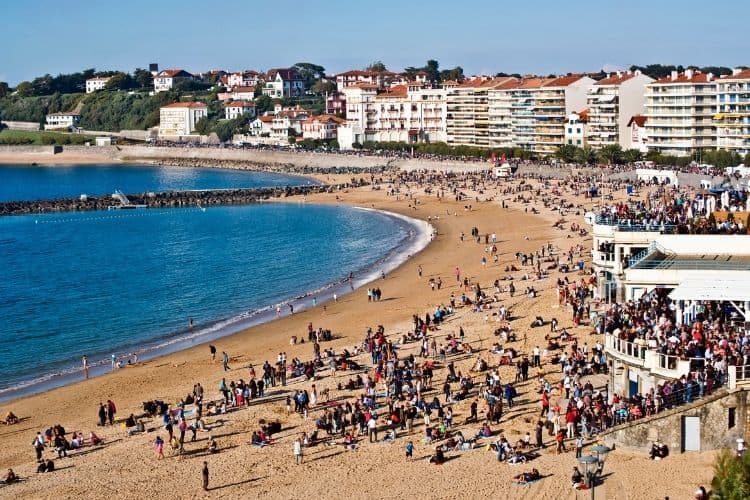
Saint-Jean-de-Luz has become a popular destination for families looking for a relaxing and beach holiday. Also, by surfers in search of the perfect waves.
What distinguishes it from the other villages of the French Basque coast is that it remains peaceful despite its popularity, especially in summer. The town has managed to preserve its authenticity through its heritage.
What was once a base for Basque corsairs has become a much sought-after summer destination. Saint-Jean-de-Luz already attracted the first foreigners in the 18th century, mostly wealthy Englishmen who came to play golf.
However, it was the so-called “sea baths”, which were said to have therapeutic effects, that attracted many city residents.
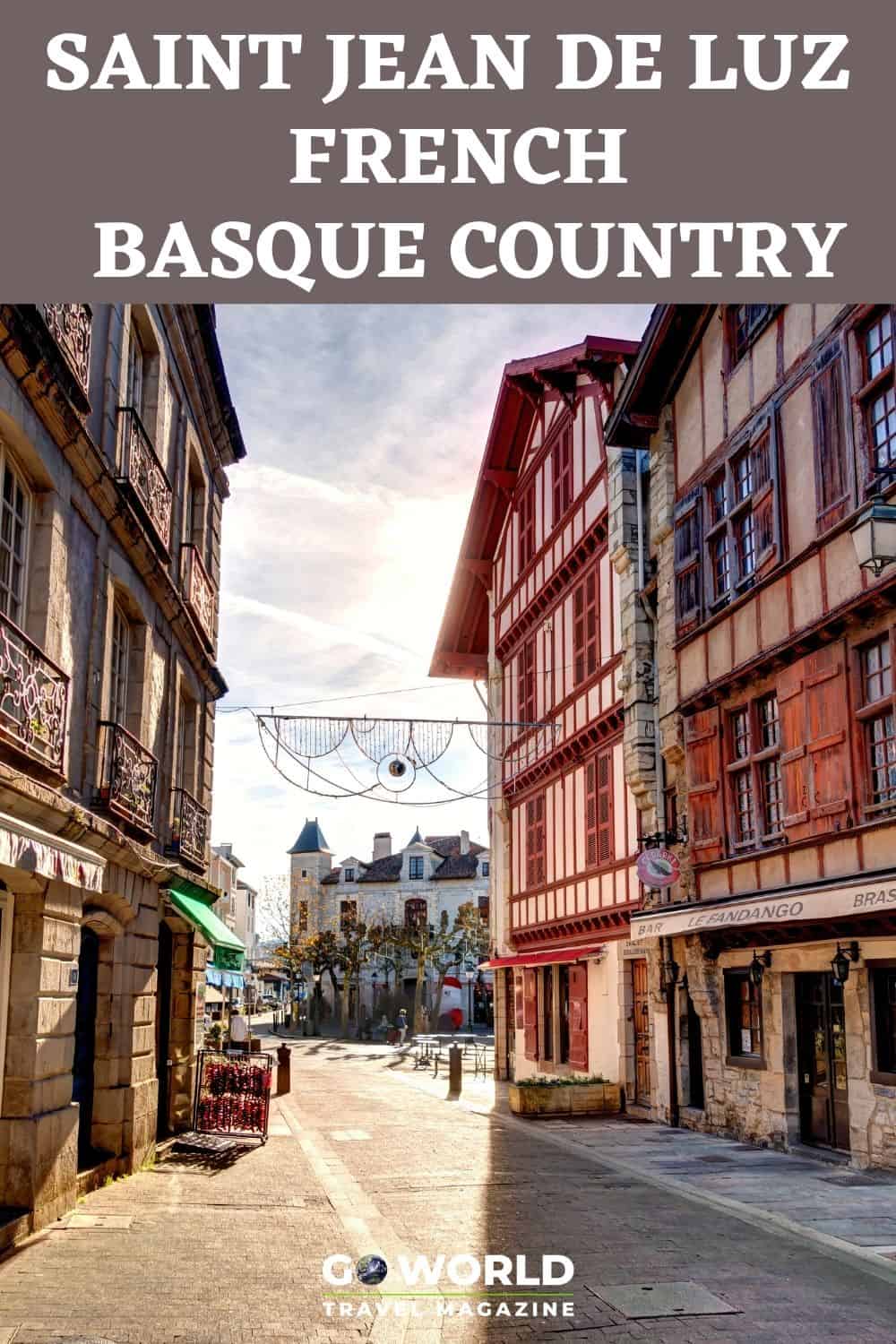
San Sebastian to Saint-Jean-de-Luz
For travelers visiting northern Spain, this picturesque town is an ideal starting point for exploring the French Basque Country. It is less than a 40-minute drive from San Sebastian, one of Spain’s most famous cities.
During the journey, it is interesting to note the differences between the two sides of the border. In the Spanish Basque area, the farmhouses are more sober and rural, while in the French territory they stand out for their colorful appearance and their characteristic wood framework.
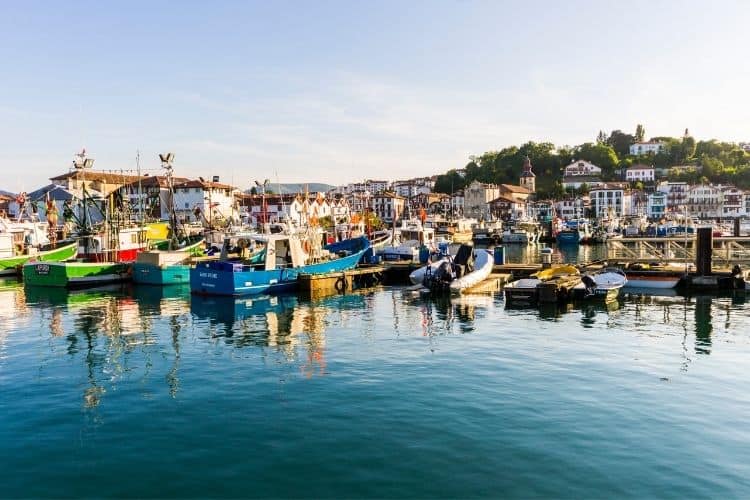
The City of the Corsairs
In the 11th century, the inhabitants of Saint-Jean-de-Luz were exclusively dedicated to whaling which turned the city into a prosperous place over the following centuries.
However, the progressive decrease in catches and the European wars that followed one after the other for two centuries hindered the maritime trade.
That is how in the 16th century the main economic activity of Saint-Jean-de-Luz went from fishing to becoming the base of the Basque corsairs. The term “corsair” refers to French Privateers who were essentially pirates but with a royal mandate.
The whalers were equipped for war and therefore made perfect privateers. The royal backing gave them the right to attack any boat sailing under the flag of an enemy of France.
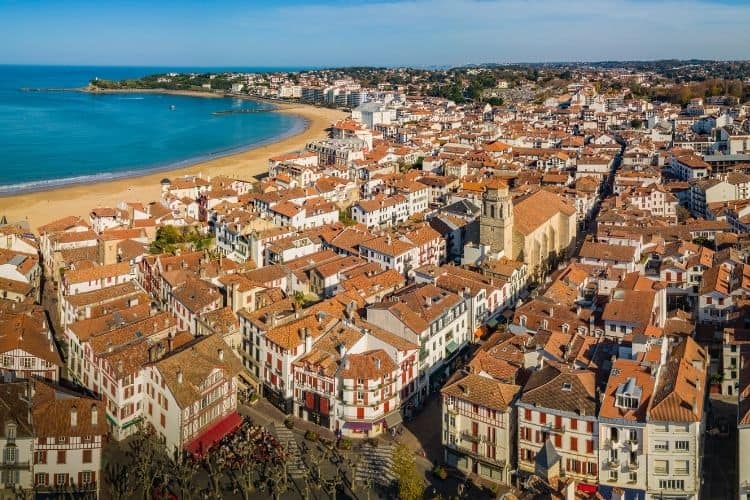
The Marriage That Ended the War
Another important event defines the history of this charming city: the royal wedding between Louis XIV and Maria Theresa, Infanta of Spain. It was a historically very important event because in 1659 the Treaty of the Pyrenees put an end to a long war between France and Spain.
As a result of this treaty, King Louis XVI of France married the daughter of the King of Spain, the Infanta Maria Teresa, in 1660. St. Jean de Luz witnessed one of the most important political marriages in history, something the local people are still very proud of.
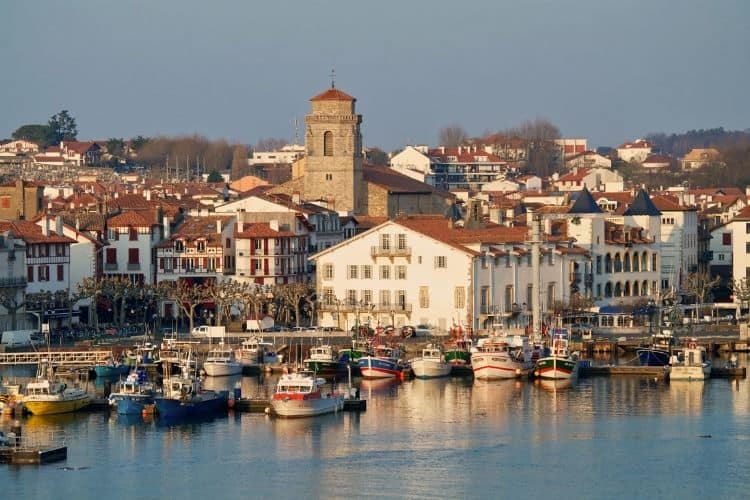
The Old Town of Saint-Jean-de-Luz
The historic center of the city retains the magic of a bygone era. The best way to explore is to walk through it slowly, stopping to admire the colorful wood framing houses and visiting the beautiful stores.
Most of the buildings date from the 17th century, which is when the town became one of the most important fishing ports in France.
The fishermen used to live around the port, such as Rue de la République, where we now find plenty of restaurants to taste the best seafood. Although its golden age as a fishing port is over, it is still a place where fishing is very present.
Many fishermen still come to its shores with warehouses full of sardines, anchovies and tuna.
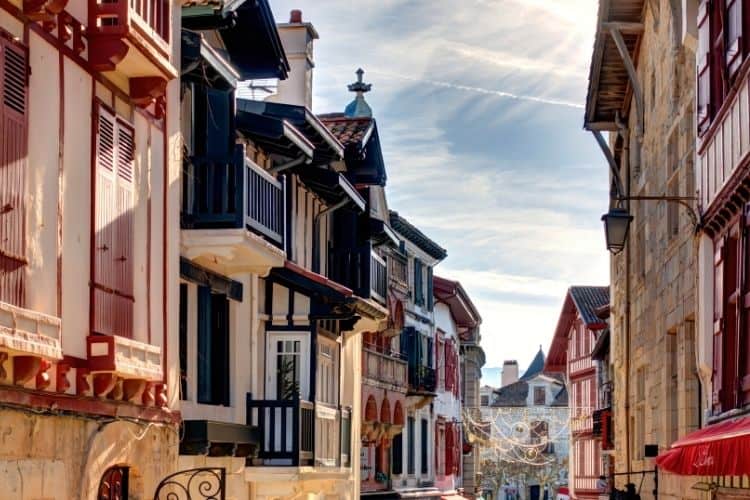
Buildings That Tell the Story of the City
Some of the most emblematic buildings in the city tell the story of the famous marriage that took place here. One of them is in the Place Louis XIV, the beating heart of the city with its lively terraces. This is a place that exudes a bohemian vibe, where painters, artisans and street musicians flood the square with their art.
In this square is the Maison Louis XIV, a beautiful palace built in 1643. The monarch stayed here during the preparations for his wedding, hence the name of the building and the square.
Between the promenade and the pier is the Maison de l’Infante, a pink-toned building, inspired by the elegant Venetian palaces. This building housed the Infanta of Castilla in the days leading up to her wedding.
The famous ceremony took place in the Church of San Juan Bautista, named after the patron saint of the city. It is one of the largest churches as well as the most representative of the Basque Country. Because of numerous fires and Spanish invasions, it had to be rebuilt.
Today, its austere exterior hides a magical interior with a monumental baroque altarpiece. Its side walls are crossed by unique overlapping wooden galleries, something very characteristic of the churches of the Basque Country.
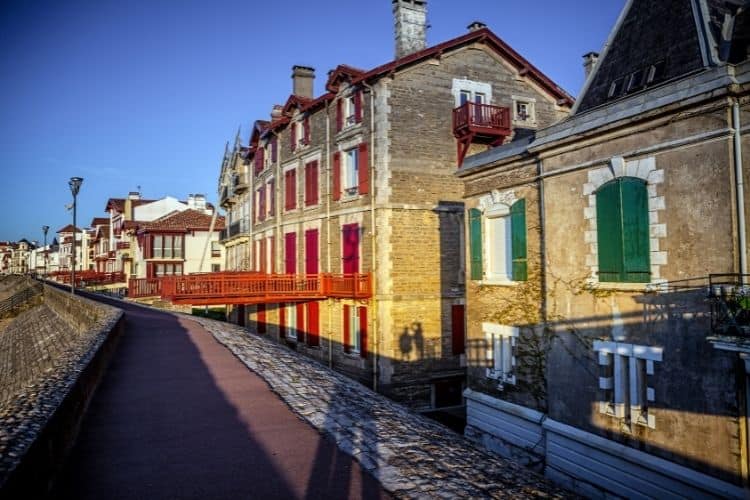
The Seafront Promenade and its Treasures
The best way to start a walking tour of San Juan de Luz is from the beach. All the houses facing the beach are spectacular, most of them dating from the golden age of the city in the 17th century. Some of them have wooden walkways that bridge the existing unevenness to allow access to their doors.
This crescent-shaped beach that fringes the city is ideal for families, as it is well protected from the waves by three dikes that keep it sheltered. It is known as Grand Plage and is the most crowded in the area. St. Jean de Luz has four other beaches, some of them perfect for surfing: Erromardi, Mayarco, Lafiténia and Cénitz.
In front of the beach stands the Grand Hotel, a majestic building built in 1909. It now houses a Michelin-starred restaurant and a luxurious spa where many tourists and locals come to relax.
Very close to this hotel is the Casino La Pergola, which today also houses a hotel with a spa. It was built mainly to increase the number of visitors with high purchasing power after the world war.
Reaching the end of the promenade is the Punta de Santa Barbara, from where there are magnificent views of the bay. Continuing along this path we find a nice trail that runs along the coast to Erromardie Beach.
Along the way, we can enjoy the beautiful natural heritage of the Basque coast and unbeatable views of the cliffs.
Finally, to observe the best panoramic view of all Laburdi, the province to which St. Jean de Luz belongs, you must climb to the peak of the Rhune. It can be done on foot or by taking an old wooden train up to the 900 meters high of this mountain.
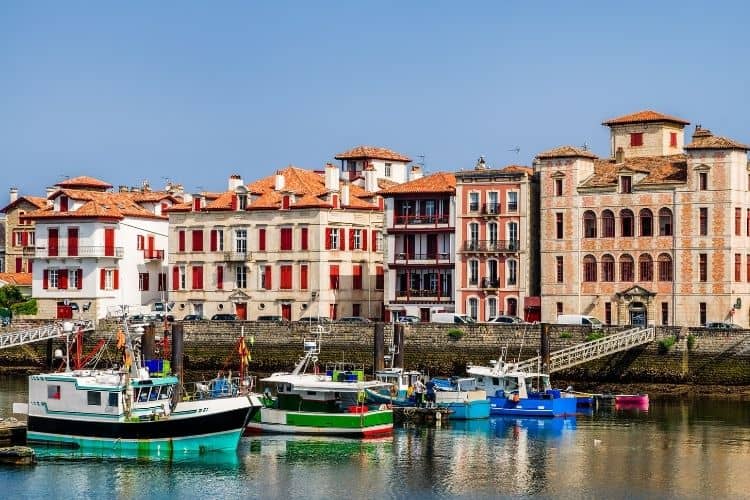
Book This Trip
Ready to experience all the wonder of Saint-Jean-de-Luz in French Basque country? Start preparing for your vacation with insider tips on the best sights, VRBO accommodations, local restaurant favorites and more through TripAdvisor and Travelocity.
Be sure to book even more fun by planning some unique activities in France, skip-the-line tickets for major attractions and expert-led tours with GetYourGuide. Find more information and book your dates in advance here.
For the best flight deals, train tickets and car rental options, check out OMIO Travel Partner.
More helpful links:
- What to see / To do – Saint-Jean-de-Luz (saintjeandeluz.fr)
- Louis XIV House | Saint-Jean-de-Luz Tourism
- Grand Hotel Thalasso & Spa 5* Saint-jean-de-Luz Basque Country (luzgrandhotel.fr)
- The Train de la Rhune
Author Bio: Based in France, Lucia Otero Medraño is Spanish with a master’s degree in travel journalism. She has worked in the tourism sector but her true passion is to live enriching experiences and discover amazing places around the world and write about them. In her spare time, she likes to enjoy her second passion, music.

